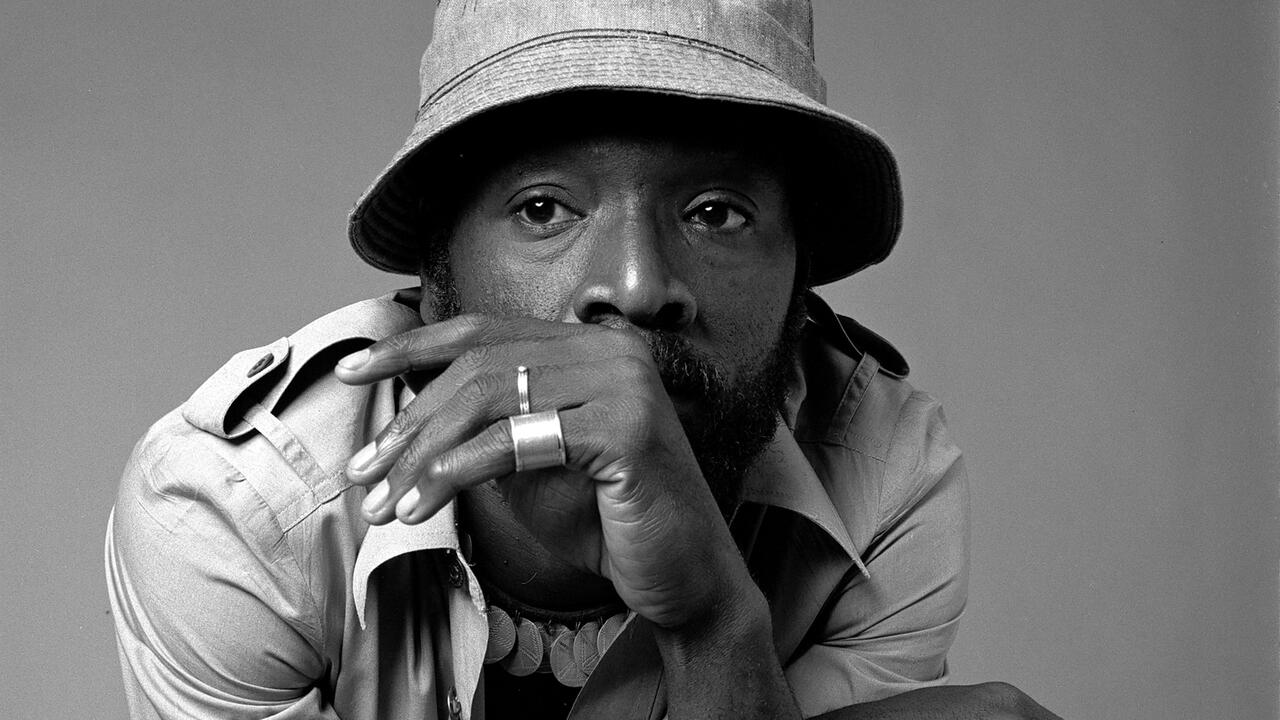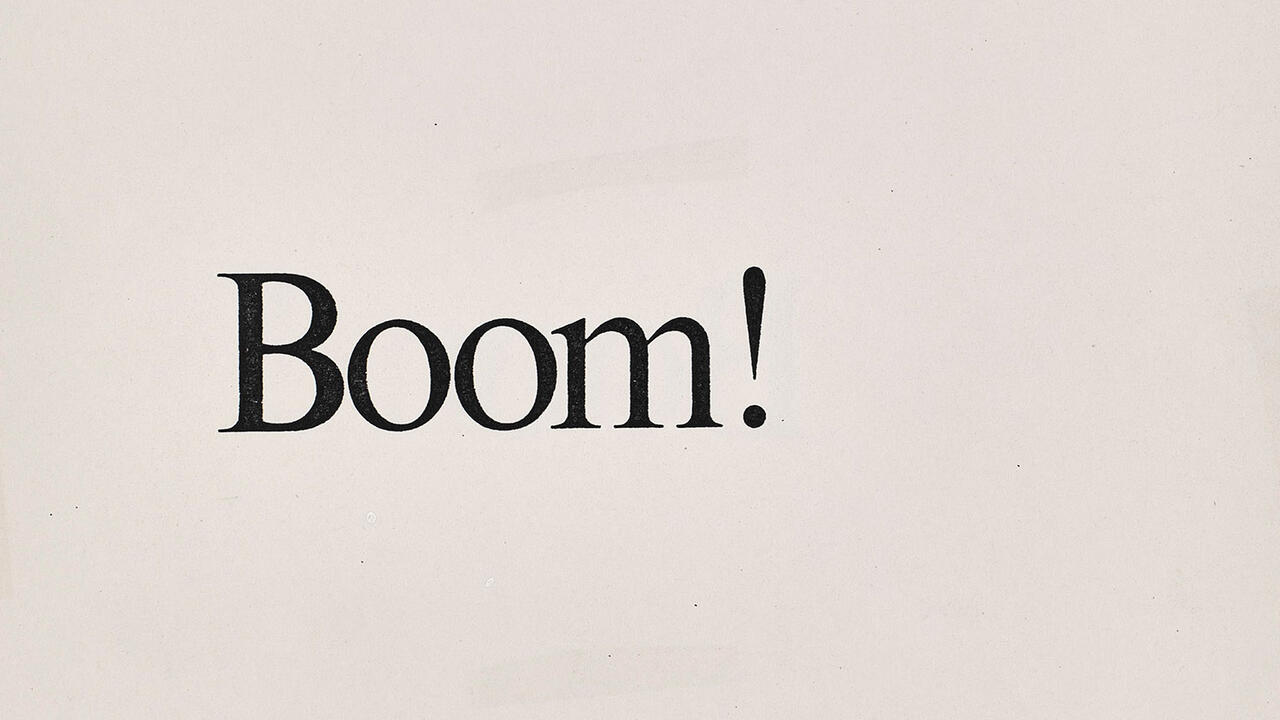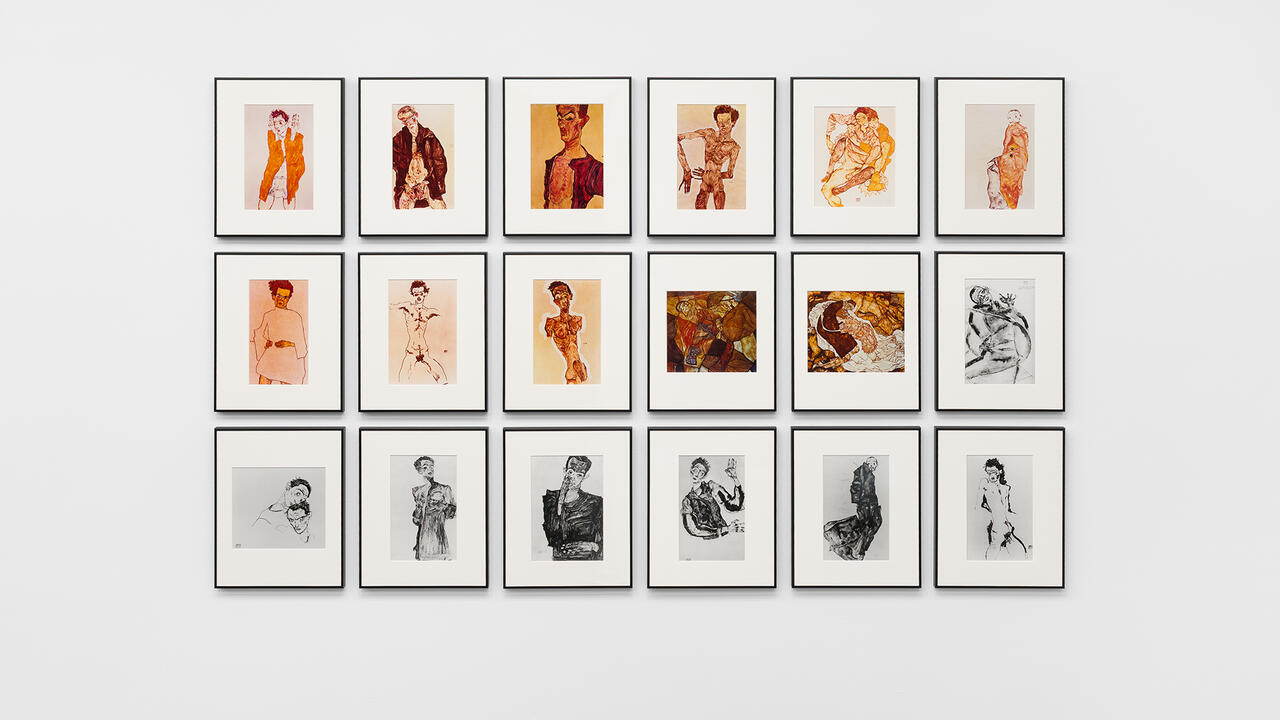The Non-Site of Theory
Theory and practice
Theory and practice
In many quarters, the 80s is already being constructed as a decade of stylistic revivalism, an amorphous, indeed vacuous period caught up in all things 'neo' and 'post'. (Neo-expressionism, post-pop appropriation, and post-conceptualism are merely the most familiar of the schools or sobriquets to emerge during this period). According to this conception, the theoretical practice being abandoned in droves by today's zeitgeist-seeking artists was, and remains, nothing more than quaintly retro, a retread of 60s and 70s conceptualism bolstered by a different, and decidedly continental reading list.
In 1992, Robert C. Morgan cynically characterised the hyper-presence of theory in 80s art as a 'careerist's' gambit: the artist slyly plays the innocent, enmeshed in the day-to-day exigencies of practice, and relies upon the theory-besotted critic to play Svengali or apologist.
'One way of succeeding within the context of the game,' Morgan writes, 'was to be adopted by a writer or a magazine - preferably both - with the right art world credentials, who would quote Benjamin, Adorno, and the five famous French post-structuralists, and thus...reify or legitimate one's position in the mainstream.' 3
Yet there are other ways to read the moves particular to this (end)game. 'Theory,' to begin with, was always an imaginary construct: no single entity, but rather a phantasmic hash of miscellaneous specimens (structuralism, post-structuralism, deconstruction, post-modernism, psychoanalytic feminism) which in the 80s indeed masqueraded as the latest thing. All dressed up in little, black Semiotext(e) paperbacks - designed to fit into the vest pocket of an artist's leather jacket - theory beckoned to the art world, promising many things. For those seduced by its look and/or linguistic rhythms, the call was answered; for those watching from a distance, this was a dangerous thing. Art was compromised, they lamented; and so, too, were specific discourses, lost in a tumult of buzzwords and catch phrases which insinuated themselves into artworks in lieu of 'real' content.
Yves-Alain Bois, one of those watching, derided the tendency within 80s art toward what he called 'theoreticism' - the desire, or sense of obligation to be 'theoretical.' 4 Eliding the question of his own theoretical investment, Bois shuddered at the very notion of 'using' theory in and for practice. In this he echoed Baudrillard, who once noted - with impressive condescension - that it was particularly American to assume that theory could be utilised, recast as one among many artistic materials and transmuted from a metaphysical state into something as unequivocally physical as the object of art. 5
Yet both Bois and Baudrillard were short-sighted. What they seemed to imagine was a realm of pure ideas, an impossible space where language - theoretical or otherwise - floats free, untethered to anything material. The theoretical practice of the 80s - and by that I refer to the work of artists as disparate as Barbara Kruger and Meyer Vaisman, Stephen Prina and Mark Tansey, Peter Halley and Sherrie Levine - was more sophisticated than these purists would allow, and than Saltz would ever admit, in his zest to celebrate the new (art) world order. Despite divergent approaches, these artists all treat words as inherently material, and objects as linguistic entities which are scripted and can be read. In this, their work plays out Robert Smithson's notion of art as a space in which distinct categories, genres and media are frustrated. In this space, language does not so much trespass on art's sacrosanct province as become wholly imbricated within it, blurring old borders forever. As Smithson put it in the title of a 1972 press release, here is 'Language to be Looked at and/or Things to be Read.' 6 Craig Owens, reading Smithson, characterised this as the defining element of the post-modern: the 'eruption of language into the field of the visual.' 7 The theoretical practice of the 80s seems to reify Owens' characterisation, though in fact it renders his 'eruption' hyperbolic, as the language with which Halley, Levine, and the others were concerned was the meta-language of theory.
From the beginning, art critics of all stripes misunderstood the radical nature of this proposition. Halley was a favoured target. His geometric abstractions of the mid-80s were baffling: they appeared to circumnavigate theoretical language only to pay homage to it in the accompanying rhetoric. Halley explained it this way: these squares and grids of pure colour were not actually abstractions; they were diagrams of the panoptic structures of late capitalism. They emphasised, along with a whole array of Foucauldian truisms, 'the role of the model within the simulacrum [which] Baudrillard states is "characterised by a precession of the model"' 8
Rosalind Krauss, while quick to champion post-structuralist theory, was as quick to savage works like Halley's as exemplary of 'a production that wants to legitimate itself by reference to certain post-structuralist ideas.' 9 Throughout the 80s, Krauss and her October confrères alternated between a frothing enthusiasm for theory and an equally strident anti-theoreticism: the historical avant-garde could be read through post-structuralist theory, but contemporary practice could not claim it. This prickliness betrayed a proprietary attitude which Bois' notion of theoreticism amplified: theory belonged to those able to 'master' it, not to those artists who would splinter it at whim.
Indeed, theory was - for many artists working in the 80s - a whimsy, nothing more: part of the local colour, especially in New York City; one among myriad influences; or better yet, something whose presence was trumpeted only after the fact by writers, dealers, and curators likewise caught up in the decade's rarefied atmosphere. This, however, was not the case for Halley, nor was it for Levine in particular, for whom theory has always been pivotal. If there is indeed a theoretical practice particular to the 80s, she is its avatar. Though her work is ongoing and variant, she is best known for re-photographing works by famous, male modernist artists, thereby enacting (without exactly saying so) the scenario Barthes described in his 1968 essay, 'The Death of the Author.' For those unsure of the nature of her project, Levine tipped her hand, tweaking selected portions of that essay as her exhibition statement - 'The Death of the Painter' - in 1981.
Evacuating authors and painters, however, is easier said than done. Curator Susan Krane's reluctance showed when she gushed over the 'exquisite physicality' of Levine's 'generic abstractions' of the mid-80s - a deadpan suite of stripe and check paintings designed to function as mnemonic triggers rather than a brand new round of late-modern masterpieces. 'Levine's paintings have a delicate quality,' Krane proclaimed, 'and often a very romantic look: it is as if each stroke and decision were cherished.' 10 Krane's florid prose insists upon an author. Ironically, Levine's minimalist prose yearns for one, too: '...I make the pictures that I want to make,' Levine said in a 1987 interview with Paul Taylor, 'and I look for theory that I think is going to help me in a different kind of language. It's not that the theory precedes the work.' 11
Levine embraced theory; that is quite evident. But equally evident is the fact that she resisted acknowledging its priority, for that would be the death of her. This struggle to embody a philosophical system of her own choosing is what made, and continues to make Levine's work interesting, and not merely illustrational. She stages a dialogue between theory and practice in which neither voice, in fact, has priority. Her art objects do not synthesise, but reconcile two different things - however uneasily. They direct the viewer elsewhere, to the register of theory; but they also fabricate their own reality, one which is ironic, because unverifiable. Levine's work remains profoundly restless. As such, it elides the closure modernism promises, and obscures - if it doesn't entirely erase - the authorial body modernism necessitates.
Is there any model which can account for the operations put into place by photographs as deceptively transparent as Levine's, or by paintings as deceptively obfuscatory as Halley's? Earlier, I invoked Smithson, and of specific relevance is his notion of the dialectic of site and non-site. It is here - in Smithson's perpetual relay between here and there, open and closed, edge and centre - that any such model locates its history and derives its logic.
Smithson made his first non-sites in 1968, transporting rocks, slate fragments or mica from geological sites into the gallery or the museum. Arranging these substances in the sort of rigid, geometric containers made familiar by minimalism, Smithson found a way to muddy up the 'white cube' while playing at accommodation. 12 Like scale-models, these receptacles mimicked the gallery's desire for containment; yet Smithson continually transgressed their borders with photographs and maps which pointed the way out, toward the site from which the rocks or fragments were taken.
The notion of the map is crucial to Smithson's work. Many of his essays are constructed as travelogues, with the map operating as a key component - a specific object in which a particular place is diagrammed, approximated and rendered into symbolic language. If the map is a two-dimensional arrangement of lines and forms which evokes a three-dimensional space, the non-site is, as Smithson has described it, 'a three-dimensional map of the site.' Like the map, it offers a synthesis between representation and abstraction. 13 It depicts something beyond, intertwining the here with that which is there - or at least elsewhere.
The work of Halley, Levine and their peers recapitulates the logic of Smithson's non-sites. In fact, one can think about these artists' works themselves as non-sites: maps, courses of hazards, and double paths which are here while referring us elsewhere - to the absent work of theory, to the absent register of language. How does the 'absent register of language' in the work of these artists correspond with Owens' notion of 'the eruption of language into the field of the visual'? The latter's insistence upon language as constitutive of the post-modern moment does not refer to the literal presence of language in the work of art (though this may indeed be the case); rather it refers to a complex interchange between presence and absence, and between the implicit and explicit - a notion of language as always already sited within the work, indeed, a notion of the work as text.
So what these artists produced in the 80s, then - in the mode presaged by Smithson - are phantom texts: complex, heterogeneous, and full of both visual and verbal information. Their art objects are sites where different discourses meet, as well as sites where yet more discourse is produced. At the same moment, they are non-sites, lacunae, haunted by those missing bodies (of theory) which can only be conjured second-hand. Here, theory and practice are - as Smithson predicted of 'everything' in 1970 - 'two things that converge.' 14 In the 90s, when the two things that are converging are on either side of the mirror (narcissism is the art world's current addiction), this heady episode is worth bearing in mind.
1 Rhonda Lieberman, 'Small Talk: Rhonda Lieberman on the Divine Host,' Artforum, December 1994, p.10.
2 Jerry Saltz, 'A Year in the Life: Tropic of Painting,' Art in America, October 1994, pp.90-101.
3 Robert C. Morgan, 'After the Deluge: The Return of the Inner-Directed Artist,' Arts Magazine, March 1992, p.50.
4 Yves-Alain Bois, 'Resisting Blackmail,' Painting as Model, Cambridge and London: The MIT Press, 1990, pp.xii-xiii.
5 Isabelle Graw, 'Interview with Jean Baudrillard,' Wolkenkratzer Art Journal, n.d., p.104.
6. Reprinted in Robert Smithson, 'The Writings of Robert Smithson', edited by Nancy Holt, New York: New York University Press, 1979, p.104.
7. Craig Owens, 'Earthwords,' October 10 (Fall 1979), p.122.
8 Peter Halley, 'The Crisis in Geometry,' Collected Essays, Zürich: Bruno Bischofberger Gallery, 1988, p.102.
9 Rosalind Krauss, 'Theories of Art After Minimalism and Pop,' Hal Foster, ed., 'Discussions in Contemporary Culture,' No.1, Seattle: Bay Press, 1987, p.83.
10. Susan Krane, Sherrie Levine, Atlanta: High Museum, 1988, p.13.
11. 'Sherrie Levine Plays With Paul Taylor,' Flash Art, No.135, Summer 1987, p.56.
12. Brian O'Doherty, 'Inside the White Cube: The Ideology of the Gallery Space', Santa Monica: Lapis Press, 1976.
13 Eugenie Tsai, 'Robert Smithson Unearthed: Drawings, Collages, Writings', New York: Columbia University Press, 1991, p.36.
14 'Earth: Symposium at White Museum, Cornell University, 1970,' Robert Smithson: The Writings of Robert Smithson, op. cit., p.166.














